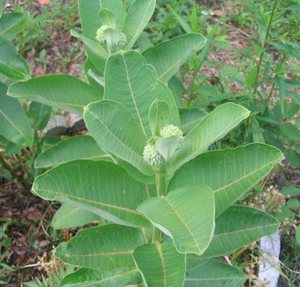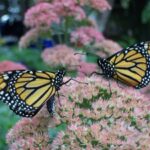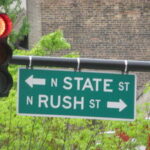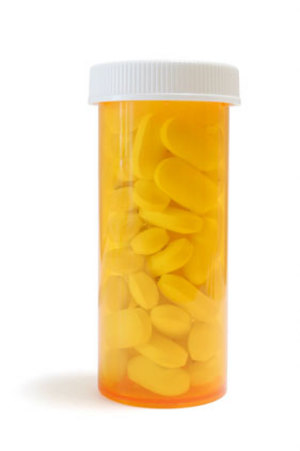Milkweed and pigweed-I’ve eaten them and survived! Should I have eaten them? Would I eat them again? More importantly, would I recommend them to my best friends or to my enemies?
Milkweed
I actually didn’t have a choice; I was an obedient child when I was first introduced to the concept of eating wild plants. So when mom said, “Go pick some milkweed pods for supper.” I did. When she said, “You have to eat at least one bite.” I ate at least one bite.
According to Edible Wild Plants A North American Field Guide, the common milkweed that grows in fields, meadows, along the roadsides and more recently in my herb garden is harvested in the spring but can also be harvested in the summer.
The parts that are edible are the new shoots that are less than 8 inches tall, newly opened leaves, the pods and the clusters of buds and flowers.
What do I remember about eating milkweed? They are bitter but when served with butter they taste better.
To prepare all of the parts for eating and to remove most of the bitterness, cover with boiling water and bring back to boiling. Then discard the water and repeat the process 2-3 more times. After this process, cook the leaves, clusters and pods approximately 10-15 more minutes until they are tender.
Serve with butter and seasonings or with a sauce. I liked mine smothered in butter and sprinkled with salt. I can’t verify the nutritional benefits of serving it this way.
Yes, I did eat them more than once. Unfortunately, as an adult, I can be a rather picky eater…mainly because I have to cook them and so as an adult I haven’t eaten them. Will I ever eat them again? Probably, after all, what kind of mother would I be if I didn’t encourage my children to try new things?
CAUTION: There are poisonous look-alikes. If you wish to try them, be sure you have the common milkweed or the showy milkweed. Toxic look-alikes include butterfly weed and dogbane and all narrow-leaved milkweeds.
Pigweed
My least favorite but most often eaten wild edible from my childhood was pigweed. Taste-wise it is comparable to cooked spinach. I don’t like cooked spinach.
One note of caution about pigweed is that it is a nitrate concentrator and if it is harvested from a nitrate-fertilized field it should only be eaten in moderation. I wish I would have known that as a child. It might have helped me avoid having to eat it so much. Oh, how I dreaded hearing mom telling me to pick the pigweed. I would have gone out of my way to find a nitrate-fertilized field. Assuming of course, I could have figured out what that meant.
Of the nearly 1000 types of plants with edible leaves (potherbs), why did my mom pick this one to feed us? I know-it was free and everywhere.
If you are so inclined to try pigweed, gather the young leaves of the plant before it becomes woody and then boil the leaves for 10-20 minutes until tender. Serve with butter, seasonings or with other potherbs.
Before collecting any wild edibles it is important to have properly identified the plants and to know what types of poisonous look-alikes exist. Other wild edibles you may be familiar with include cattails and dandelions.
Springtime is the time of new beginnings or perhaps for trying something new. Oh daughter…
Source List
Elias& Dykeman: Edible Wild Plants A North American Field Guide, pgs. 72, 106Wikipedia The Free Encyclopedia Leaf Vegetables








